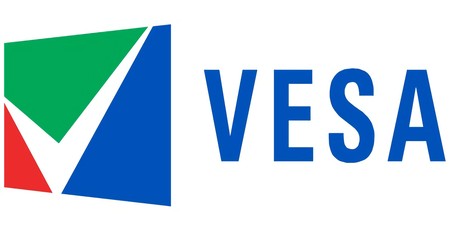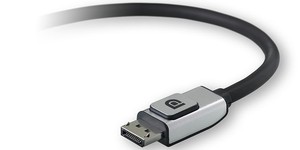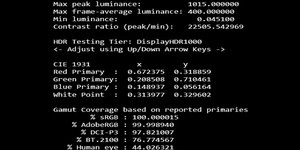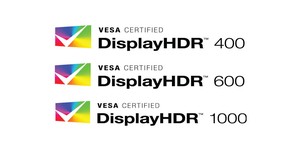The Video Electronics Standards Association (VESA) has announced the launch of the VESA Display Compression-M (VDC-M) standard, which it claims offers up to 5:1 compression of display data at a 'visually lossless' quality.
Developed in partnership with the MIPI Alliance, the VESA VDC-M standard has been built with smartphones, tablets, and other portable battery-powered devices in mind. Building on the Display Stream Compression (DSC) 1.1 and 1.2 standards, which offer up to 3:1 compression, VDC-M is claimed to hit 5:1 at the same effectively lossless visual fidelity - though this comes, the organisation warns, at the cost of increased circuit complexity.
'VESA was a pioneer in the area of low-latency data compression specifically targeting the display interface,' claims Bill Lempesis, executive director of VESA, of his organisation's work. 'The initial application for VESA's effort in this area was the Embedded DisplayPort Standard (eDP) and MIPI DSI [Display Serial Interface], both [of] which currently use DSC 1.1, with the specific intent to increase battery life and reduce form factor. The success of this spearheaded our effort on DSC 1.2 for external displays, primarily focusing on increasing display resolution. Working again with MIPI through their liaison with VESA, we returned our focus on mobile displays with VDC-M, developing a display compression standard more optimised for smaller mobile devices such as smart phones.'
Designed for use between a graphics processor and a physical display, VDC-M allows more visual data to be pushed across a bus without physically increasing its size or uncompressed data rate - either one of which would have a corresponding impact on battery life. The result: You send data to either a higher-resolution and higher-bit-depth display in the same power envelope, or you can drop the power and space requirements of your existing display. An additional benefit: The frame buffer size can be reduced, again potentially lowering the size and power demand of the smartphone.
VESA has published the VDC-M standard for public download following free registration, and has confirmed that cores implementing the standard will be available from Hardent in the near future. When the first devices boasting compatibility will hit shop shelves, however, is not yet known.

MSI MPG Velox 100R Chassis Review
October 14 2021 | 15:04









Want to comment? Please log in.